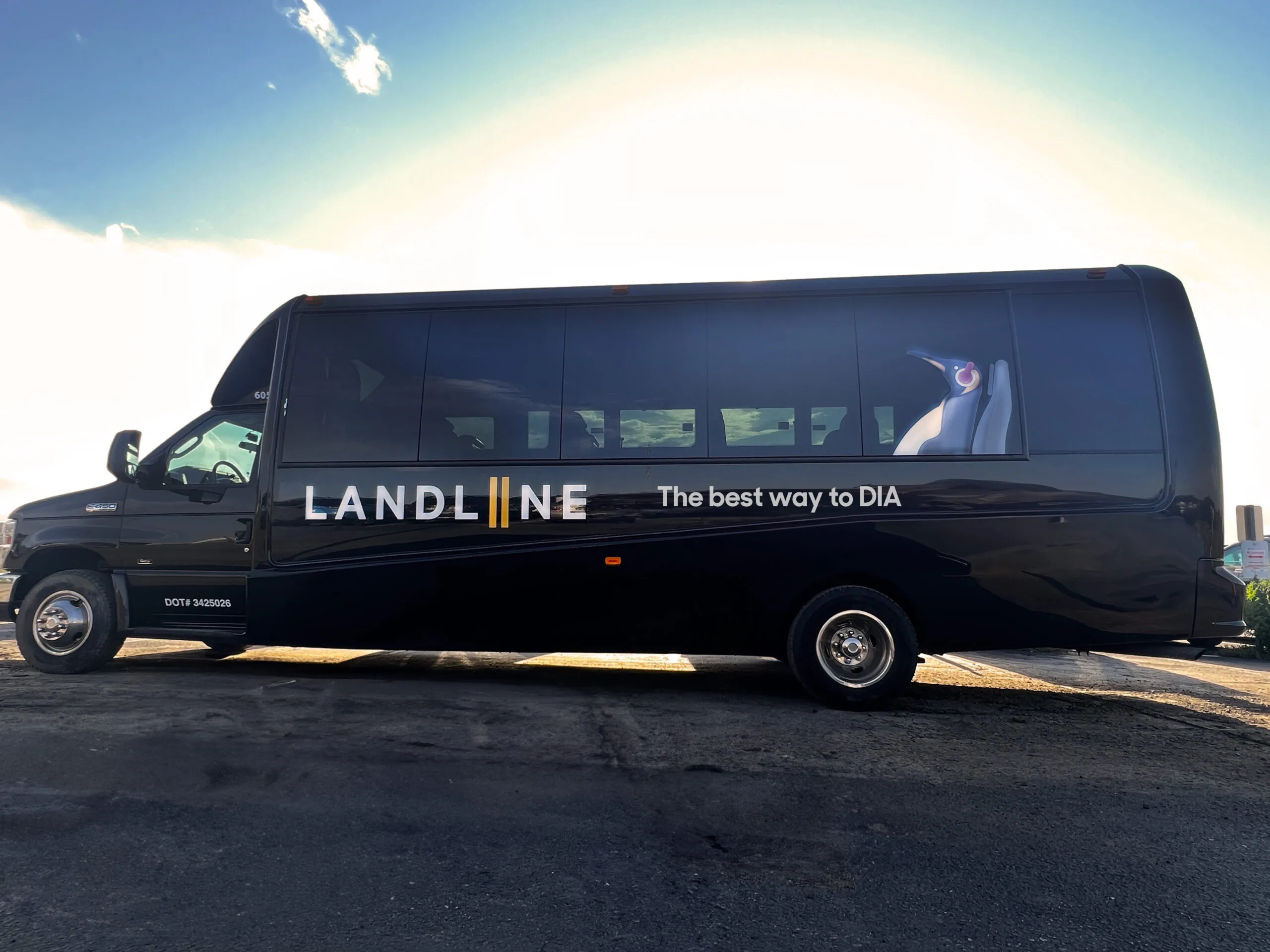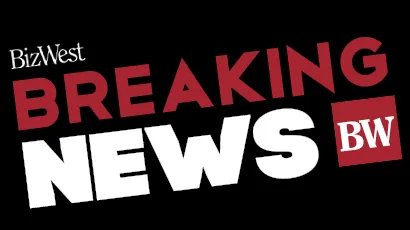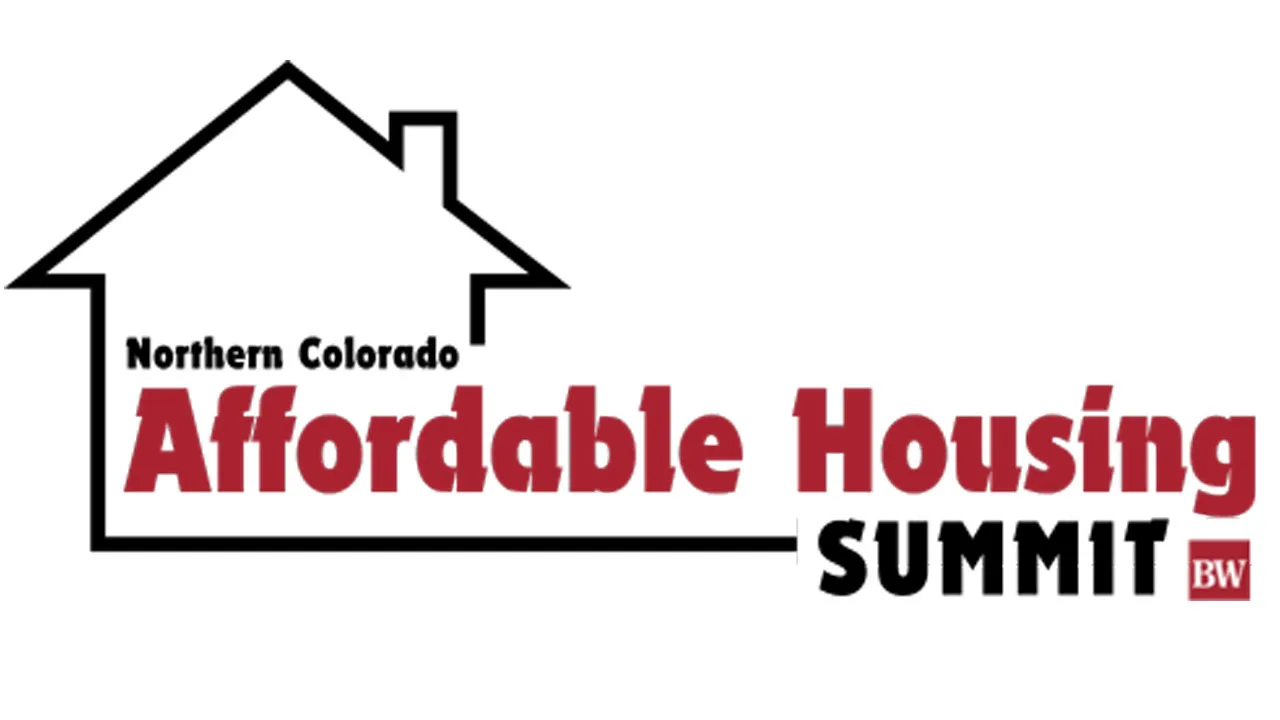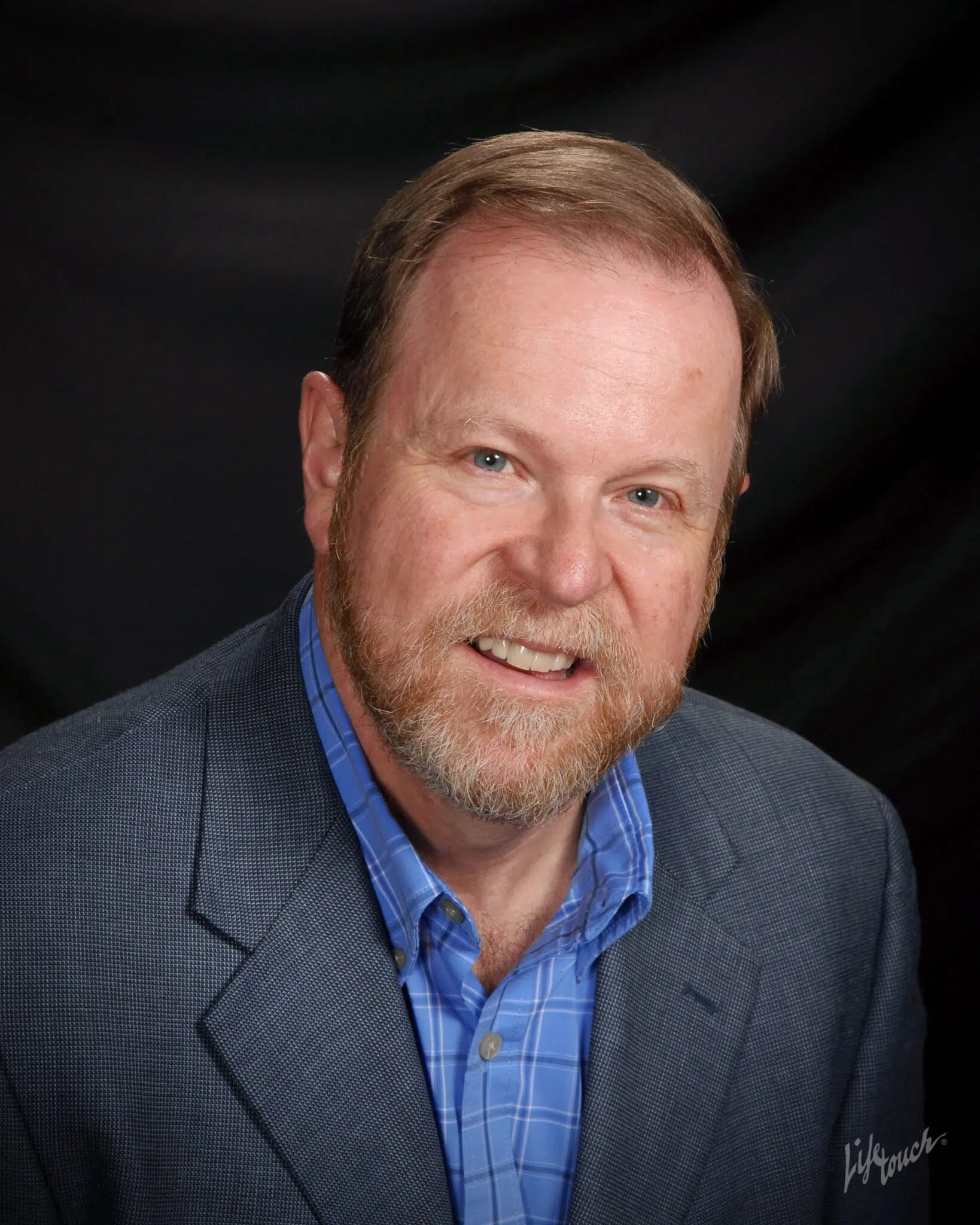Derailments beware: Detection systems seek to prevent them

LOVELAND — It’s top of mind since the Feb. 3 derailment on the Norfolk Southern Railway main track 1 in East Palestine, Ohio, where 11 of 38 derailed cars were carrying hazardous materials that leaked and burned.
With tens of thousands of rail cars traversing the nation’s rail lines, many right through America’s downtowns, how safe are those cars and the rails on which they ride?

Trains, after all,…
THIS ARTICLE IS FOR SUBSCRIBERS ONLY
Continue reading for less than $3 per week!
Get a month of award-winning local business news, trends and insights
Access award-winning content today!





